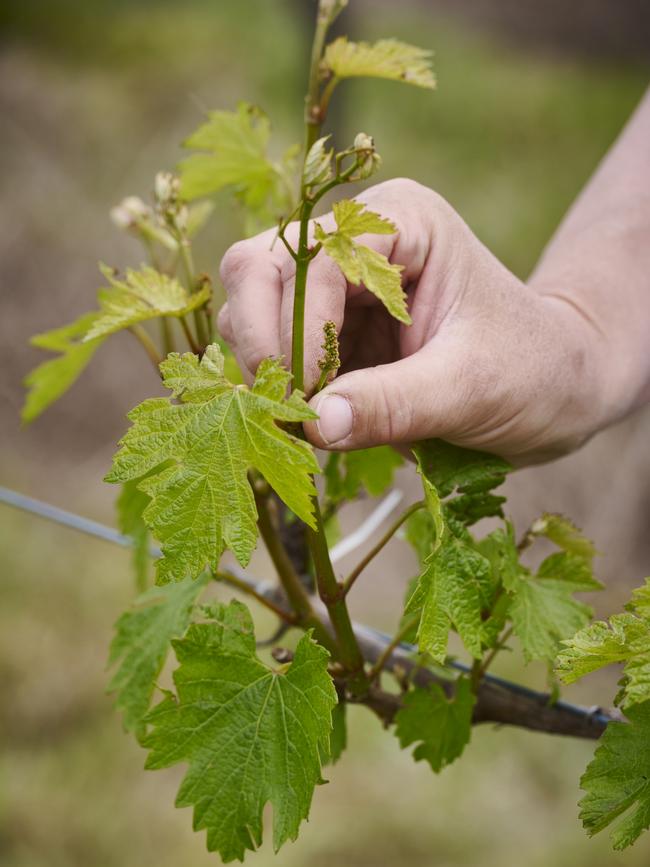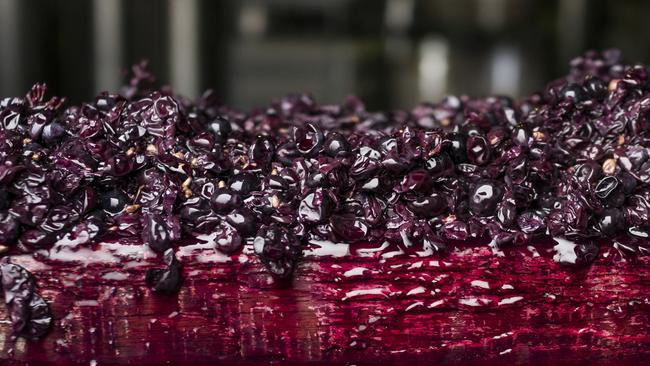Year in review: James Halliday’s Top 100 wines for 2022
Winemakers are up against it. But for consumers, there’s good news: competition is fierce and quality is better than ever.

A total of 941 bottles were submitted for this year’s Top 100. As I have done for some years, I invited the best-performing wineries (303) in my database to submit up to six of their best wines for judging. The overall high quality of those submitted was underwritten by the strength of the white wines from 2022 in the Under $30 group, and by the great 2021 vintage, which had such an impact on the red wines both Under and Over $40.
The difficult task of choosing between wines of near-identical worth led to my decision to largely restrict each winery to one place in the final list of 80 wines (not including champagne and sparkling); five wineries ended up with two wines each in the final list, but the remaining 70 places went to 70 different wineries.
This all feels a little like the calm before the storm. The challenge we’re now facing, at least in the eastern half of Australia, is the seeming never-ending rain thanks to La Niña; as humidity increases with the warmer months, so will disease pressure – downy mildew the leader of the band, botrytis the big bass drum. And there could be trouble ahead for the industry if there is a global plunge into recession – though if the US can perform a miracle, and the Australian dollar weakens further, export markets in the US and Canada (plus outliers such as Malaysia and Thailand) will flourish. Also looking on the bright side, the recent improvements in cellar door experiences (seated tastings, knowledgeable staff) and more sophisticated wine club selling are a boon for the Australian wine landscape. Let’s just hope, for everyone’s sake, that Covid lockdowns don’t reappear.

For the 12 months to September 30 the value of Australian wine exports declined by 11% and volume declined 1% to 627 million litres. The collapse of the Chinese market for Australian wine caused a loss of $253 million in export value. But the ongoing impact will diminish, given exports to markets other than China declined by only 0.2% (to $1.99 billion).
The domestic market is still congested and hence highly competitive. Wine Australia’s National Vintage Report 2022 revealed a national crush of 1.73 million tonnes, 13.5% below last year’s record of 2.01 million tonnes and 2% below the 10-year average. The Clare Valley was the only South Australian region to increase the volume of its intake (by a very healthy 32%), riesling the star performer. Led by the Hunter Valley, up 38%, all NSW regions (outside the irrigation areas) increased their crush. Victoria was a mixed broth, the biggest losers the Mornington Peninsula (-47%), Grampians (-42%) and Yarra Valley (-40%). Margaret River (+8%) offset Great Southern’s loss of 15%.

Looking at the major red varieties, there was a significant decline for shiraz, cabernet sauvignon, merlot and pinot noir; only durif and malbec increased. All bar gewürztraminer declined in the top white varieties. Reading the tea leaves, there is no chance that shiraz’s position as number one will be challenged, even though its $338 million value slid back 19%. That of cabernet sauvignon’s $191 million share (down 19%) is also clear. It’s what happens next that will bring roars of approval from most consumers. Pinot noir ($69 million) has broken the faltering hold of merlot ($49 million) on third place. These two saw their tonnes fall by 19%, but pinot noir’s purchase price averaged $1200/tonne, merlot $473/tonne. Think how few merlots there are outside Margaret River – none has gained selection in the Top 100 since 2018. The primary use of its soft fruit palate is to fill out blends with other red varieties. Pinot noir is either partnered with chardonnay to produce sparkling wine, or a 100% varietal.
The red variety showing a clean pair of heels to every other top-10 variety is grenache. Its price of $1319/tonne was the highest across all white and red varieties, the 5% increase all alone (except for a 1% increase for mourvèdre). The spoils of war were more evenly spread with the white varieties, once you’ve moved past chardonnay’s $202 million at the head of the pack. Next in line are sauvignon blanc ($74 million), pinot gris ($51 million), semillon ($28 million) and riesling ($26 million, with a price per tonne of $1171); prosecco brings $960/tonne and hence $15.2 million.

To join the conversation, please log in. Don't have an account? Register
Join the conversation, you are commenting as Logout